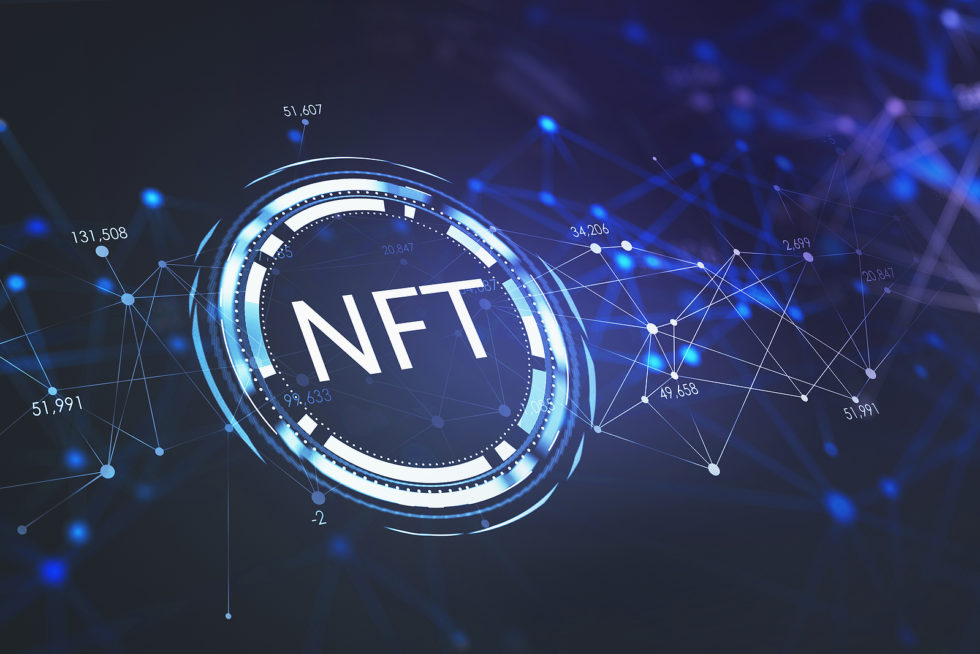I want to tell you about various high-end technologies that we use in our products, and my goal is to keep it simple and easy for common people to understand the underlying technologies and the various concepts related to these technologies. So, I will not use jargon and will try to explain them in laymen’s terms rather than technospeak.
In this article, I will talk about the meaning of NFTs.
I am sure most of you have heard the term NFT because it’s in vogue these days. Maybe you heard about Twitter founder Jack Dorsey selling his first tweet for something around 3 million dollars?

Well, that’s an NFT.
What does Fungible mean?
Now let me explain what NFT means. The full form of NFT is Non-Fungible Token. To understand what that means, we will have to understand what is Fungible and what is Non-Fungible. Let me start with some real world examples to explain fungibility.
In simple terms fungible means interchangeable. So, let’s say you go to a liquor store to get a bottle of wine, and the bottle costs $50. You have a $100 bill, with which you pay at the checkout. So you are supposed to get $50 back. Now, you can get that $50 in various ways. You can get a $50 bill or two $20 bills and a $10 bill or you may as well get five $10 bills. It shouldn’t matter to you how you are paid back as long as you get $50 in total. Right? That means a 50 dollars bill can be in interchanged in multiple ways, yet the value of the money does not change.
Now that is called fungibility. So, our currency notes are fungible. By the way so are crypto currencies like Bitcoins. You can exchange one bitcoin for another.
What does Non-Fungible mean?
Although NFTs are relevant in the digital world. I will come to that shortly, but before that, let me give you an example from the physical world to explain non-fungibility.
I am sure everyone knows about “Monalisa” – the masterpiece painting of Leonardo Da Vinci. You can find the original painting in the Louvre Museum in Paris. How much do you think it costs if you want to buy it? In millions or billions may be if not more?
Now, Google “Monalisa” on your phone or laptop. You will get hundreds of images of the “Monalisa”.

To own a copy of that image, all you have to do is right-click and save. That’s it. Now the world famous painting is yours! Isn’t it? But then if it is so easily available, why does the one in Louvre museum so expensive? Obviously because that is the original piece and can be possessed by just one person in the world, while the ones you get from the internet are just digital copies. Can the copies ever be a replacement for the original piece? No never. So this is what you call as non-fungible. Or non-interchangeable.
Now let me come to the digital world. At a very high level NFT’s are actually tokens or unique references that are used to represent ownership of digital assets in the Etherium blockchain. However, since the inherent concept of NFT is universal, you can apply this concept to any blockchain network irrespective of whether it is private or public, permission-based or permission-less. So, an NFT can help you assign a unique ownership to a digital asset that cannot be changed, modified or destroyed.
So now, let’s discuss about some practical uses of NFT’s in the digital world. Some of the most common applications are in minting NFT’s for digital art.
How does Veritable Data use NFTs?
We at Veritable Data Solutions have taken this concept of NFTs to the next level. We are using NFT’s in various applications that directly benefits consumers and professionals from various fields. For example, in our TitleShield web application, we are assigning immutable, indestructible, non-fungible tokens to home titles. Just imagine how important this could be for a property owner given the fact that there are ever-increasing cases of home title fraud and title theft across the United States.
In another phone-based application called Veri-Lock we are assigning NFT’s for all notary transactions and storing every detail of the notary transaction in our enterprise blockchain. This could tremendously benefit notaries and safeguard their interest in case of a fraud.
So, that sums up my first article on NFTs. I hope you liked it. In the next article I am going to take up another technological term and try and make it easily understandable. Thank you.
– Guest Post by Veritable Data CTO Sourjya Banerjee

